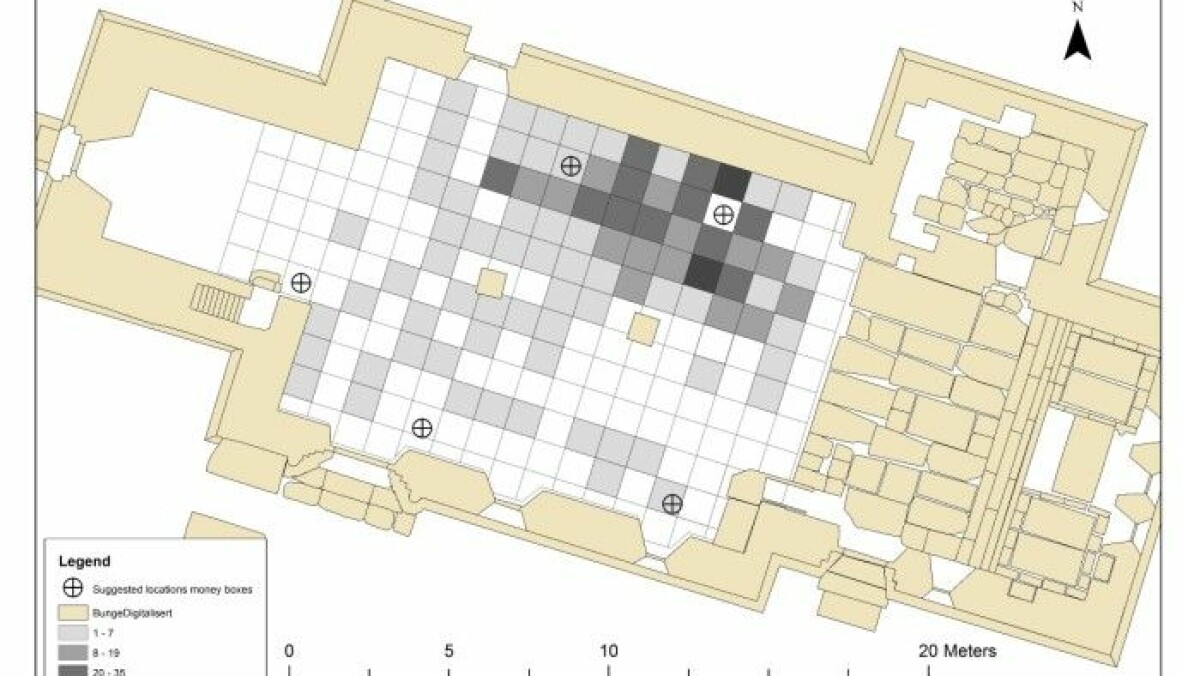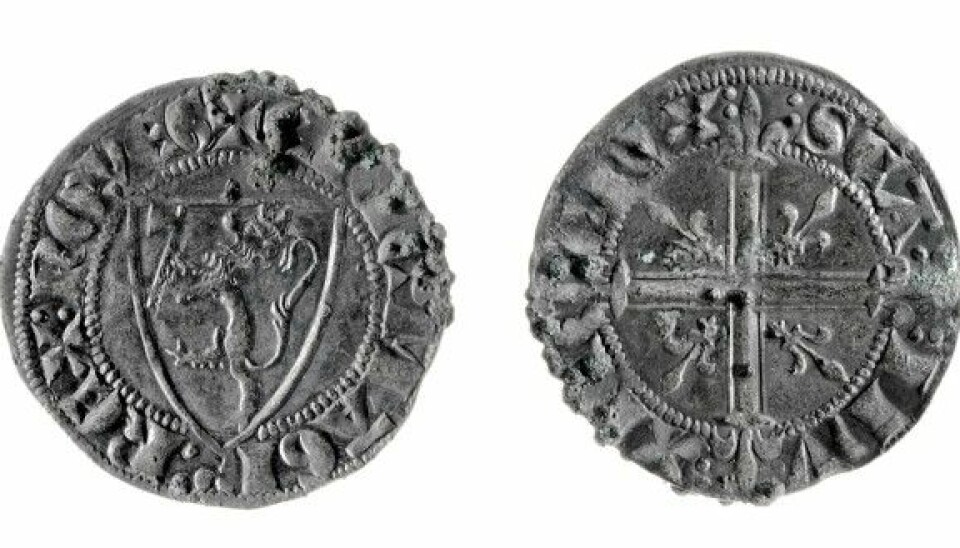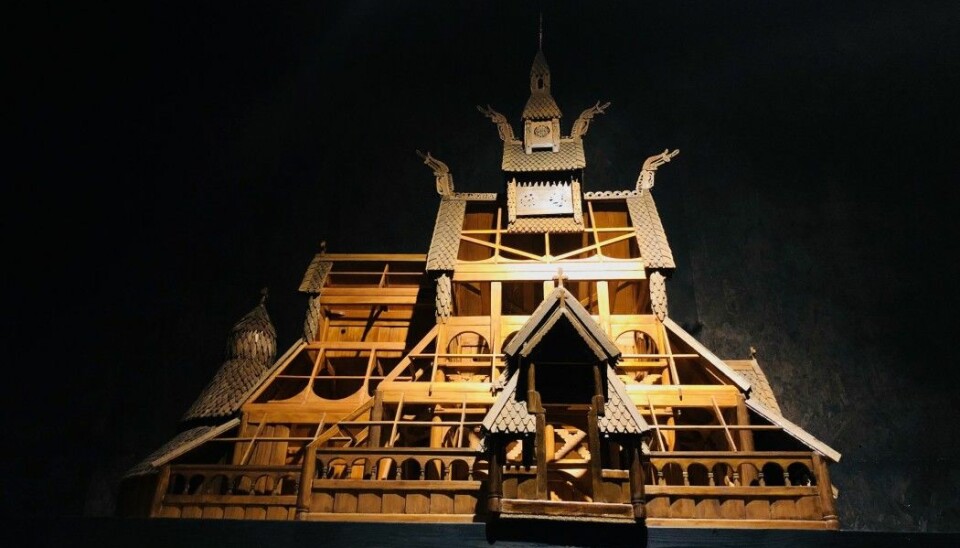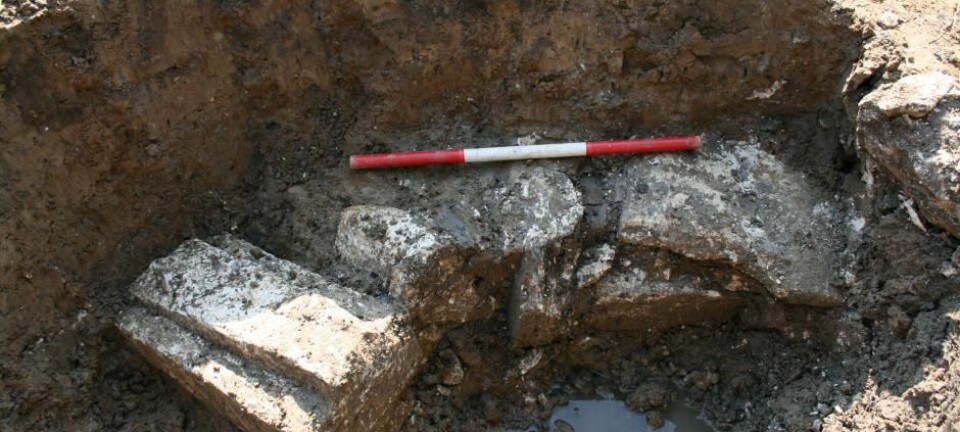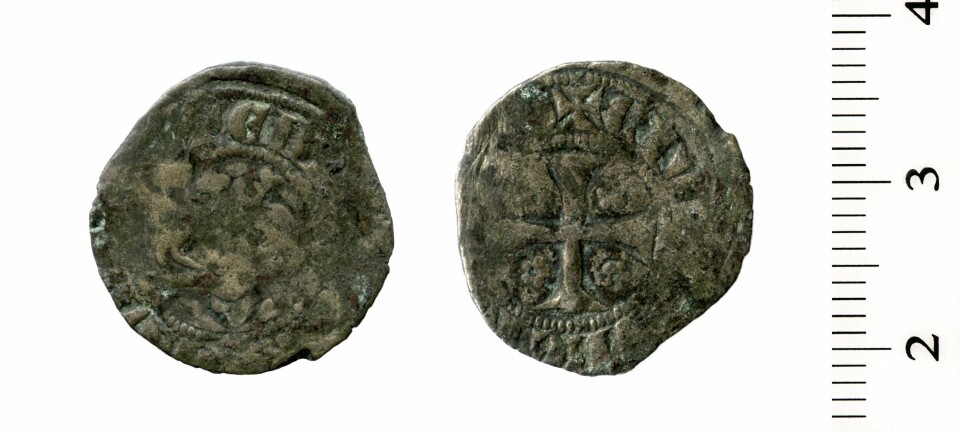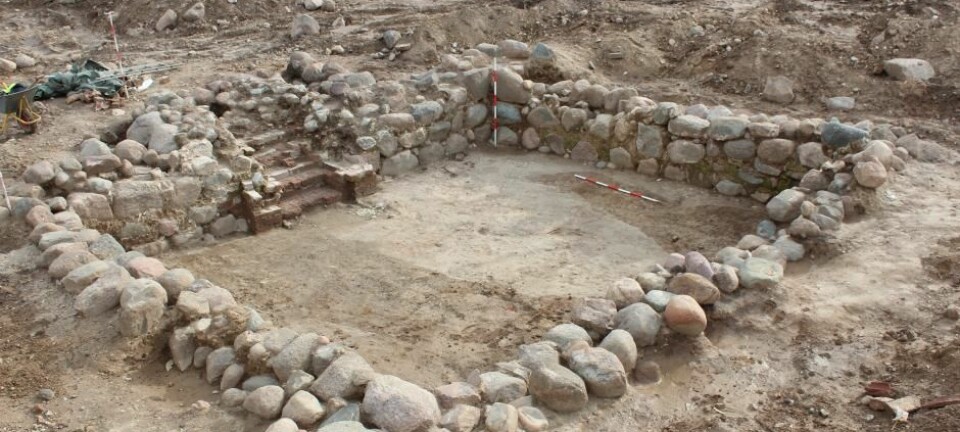Thousands of medieval trinkets discovered underneath Scandinavian churches
More than 100,000 coins and hairpins have been found under the floorboards of medieval churches throughout Scandinavia, revealing insights into religious life in the Middle Ages.
Archaeologists have unearthed vast quantities of coins, pearls, and hairpins under the floors of medieval churches throughout Scandinavia.
More than 20,000 coins have been found in Norway alone, half of which date to between 1180 CE and 1320 CE.
Norway was likely home to thousands of wooden churches in the Middle Ages, known as stave churches. Twenty-eight of them have been preserved to this day and a few hundred other churches with roots in medieval times have also survived.
More than 100,000 coins discovered so far
Archaeologists in Norway, Sweden, and Denmark have all made similar discoveries of a great numbers of coins and other objects under wooden church floors.
In total, more than 100,000 coins have surfaced throughout the three Scandinavian countries.
Most of the coins were found under church floors in Norway and on the Swedish island of Gotland.
"Each of these coins offers a window into religious activity," says Svein Harald Gullbekk, an archaeologist from the University of Oslo, Norway.
Hairpins reveal segregation of male and female churchgoers
Gullbekk decided to see if there was any pattern to where the objects were found within the churches.
Churchgoers in the Middle Ages would have mostly stood during the service, with only the old and infirm sitting on benches along the sides of the building.
There was probably also a clear division between the sexes: Women, likely stood on the north side of the church and men on the south side.
"When we investigated where hairpins, pearls, and other objects associated with women were found in Bunge church in Gotland [Sweden], we found that more than 95 per cent of them were on the north side of the nave," says Gullbekk.
This confirms that medieval churches maintained a strict division men and women, where women were required to stand on the side of the church associated with the dark and cold forces of nature.
The men meanwhile, stood on the south side.
A lot of loose change in church
"The extensive discoveries under church floors give us a wonderful insight into the culture of piety in Norway and Scandinavia in the Middle Ages," says Gullbekk.
"They also tell us a lot about the use of money in ecclesiastical contexts,” he adds.
Other recent research suggests that people brought a lot of coins to church to buy salvation and shorten their stay in purgatory or to escape hell. But Gullbekk does not think that people intentionally placed coins in between the floorboards.
He believes that people simply lost coins that fell to the floor. And he believes that it happened during the church offering part of the service.
The discovery of so much loose change underneath the Norwegian churches reveals how widespread coins had already become in Norway, 800 years ago.
The extensive use of coins in churches has been documented earlier in Norway than in neighbouring Sweden and Denmark.
Only in Nordic countries and Switzerland
Wooden churches during the medieval times are rare. In Europe, most old churches have stone floors.
Besides the Nordic region, only Switzerland and a few other places have churches with wooden floors, explaining why most finds of this nature occur in the Nordic countries.
They provide new insights into people’s lives and beliefs during the Middle Ages, between 700 and 800 years ago.
“The environmental conditions for preservation under the floors of our old wooden churches are exceptionally good. They’ve stayed dry here for hundreds of years. And for the most part they’ve been left alone,” says Gullbekk.
Coins discovered throughout Norway
The Norwegian coins were discovered across the country, from Hvaler church in the south to Trondenes church just outside Harstad municipality in the north.
Researchers found most of the objects under old church floors in inland parts of central Norway.
"If you go into a Norwegian wooden church that hasn’t been investigated by archaeologists yet, I can guarantee you that there are a lot of coins under the floor," says Gullbekk.
————————
Read more in the Norwegian version of this article at forskning.no








